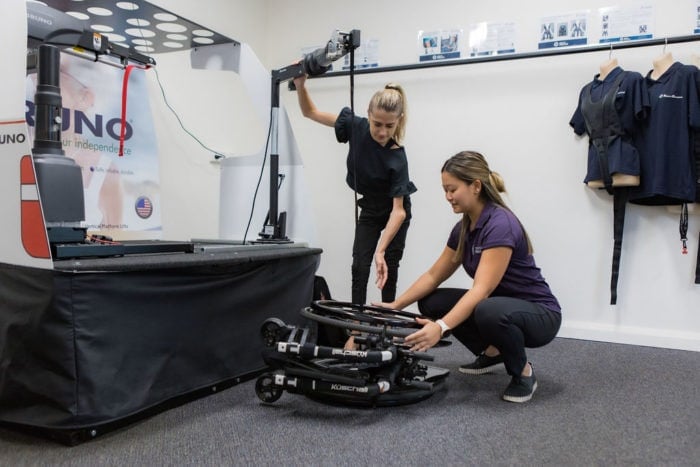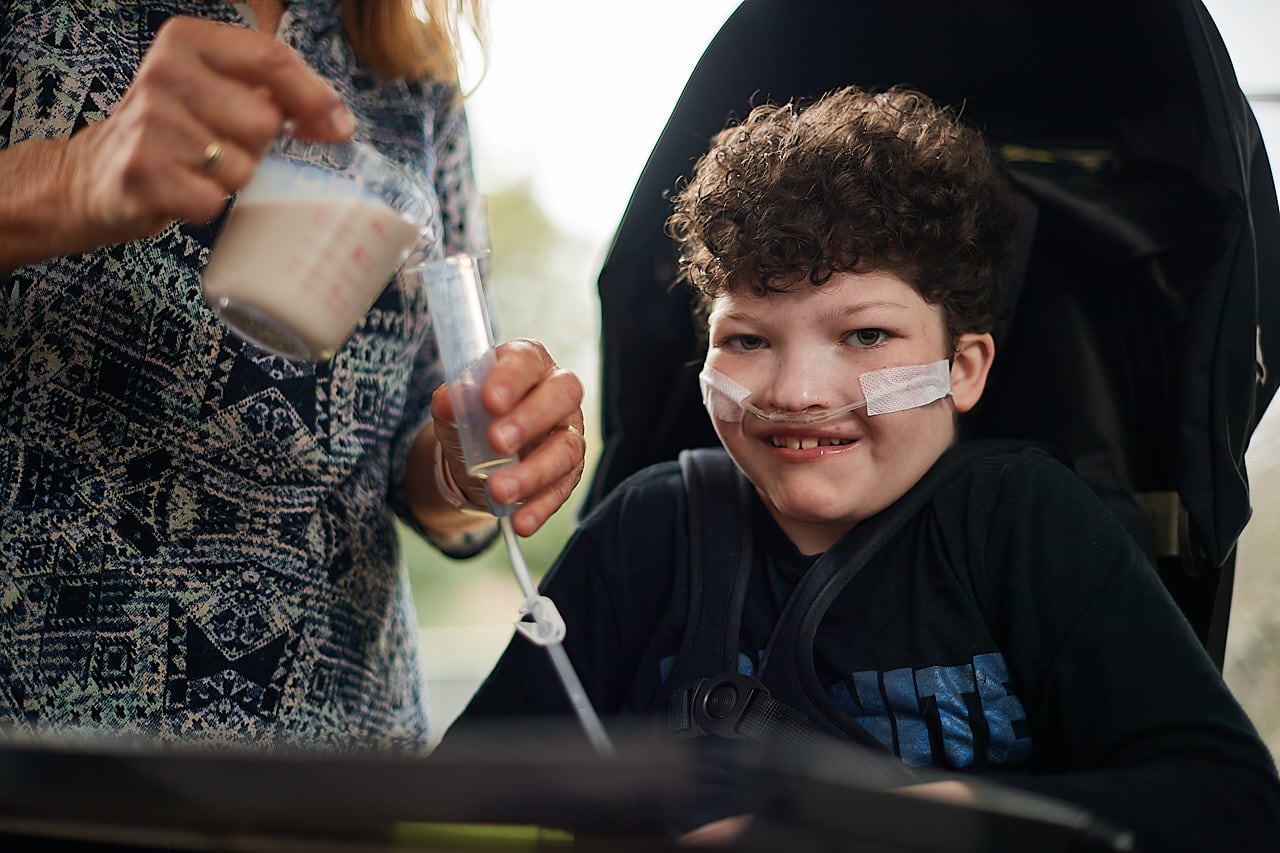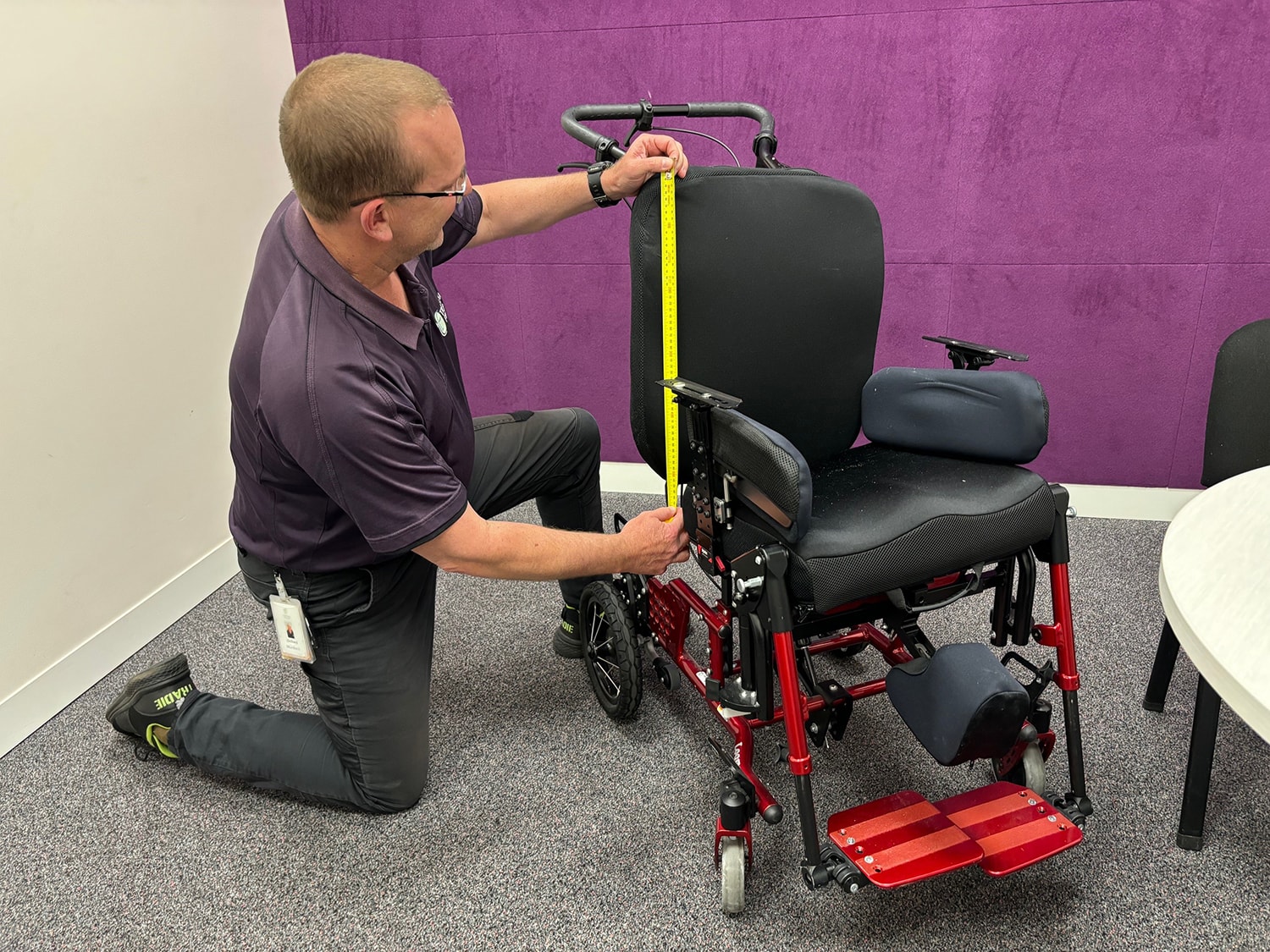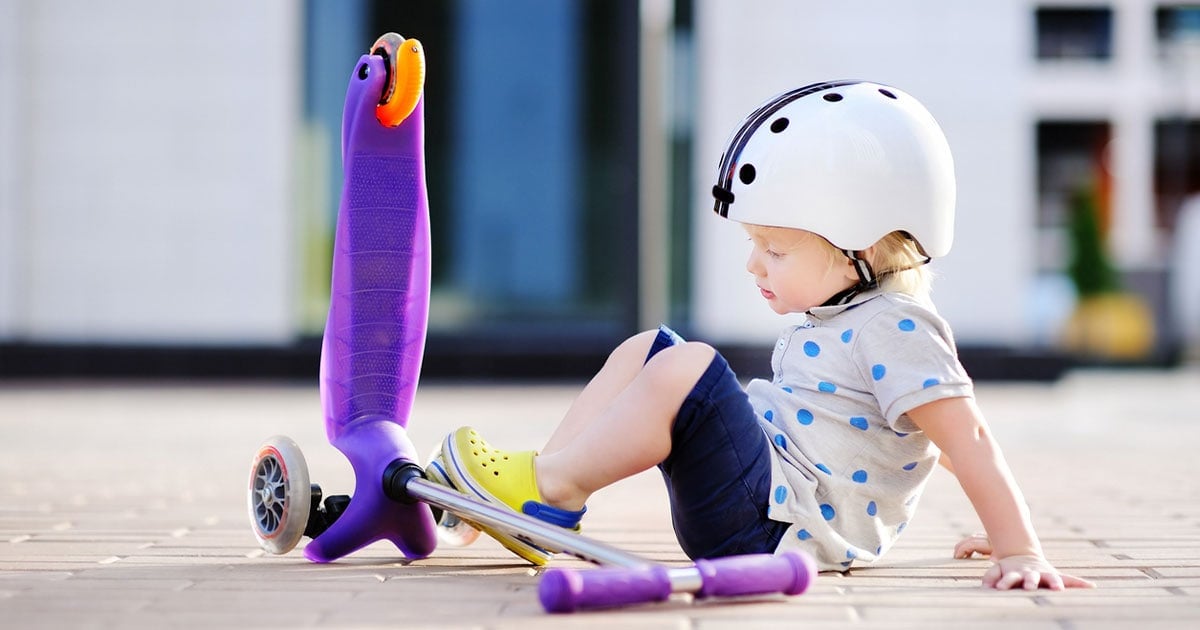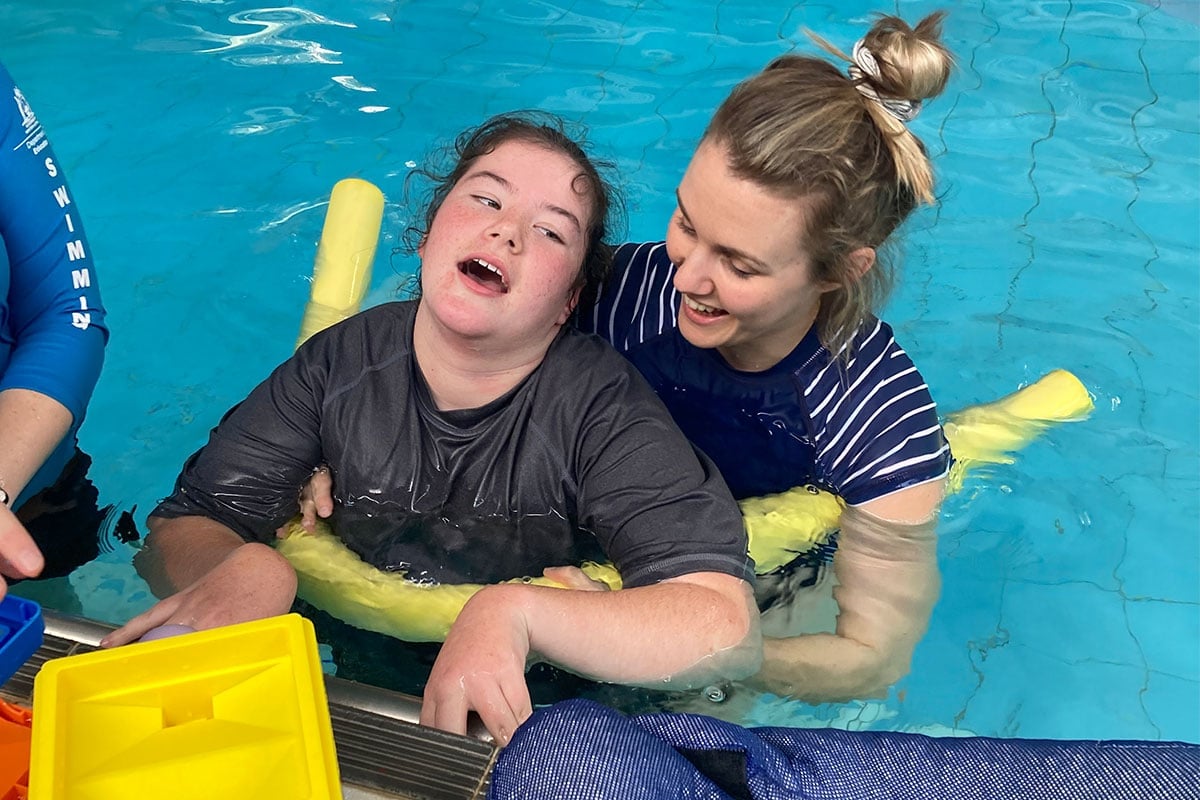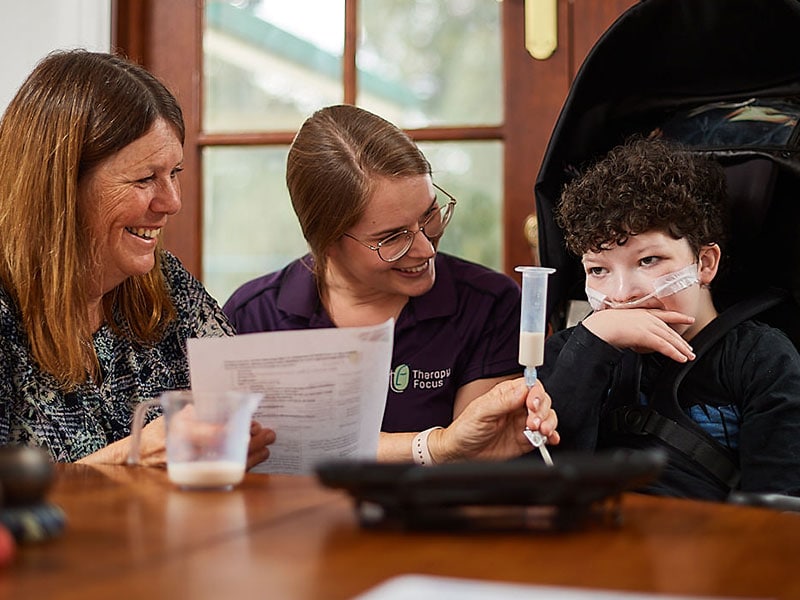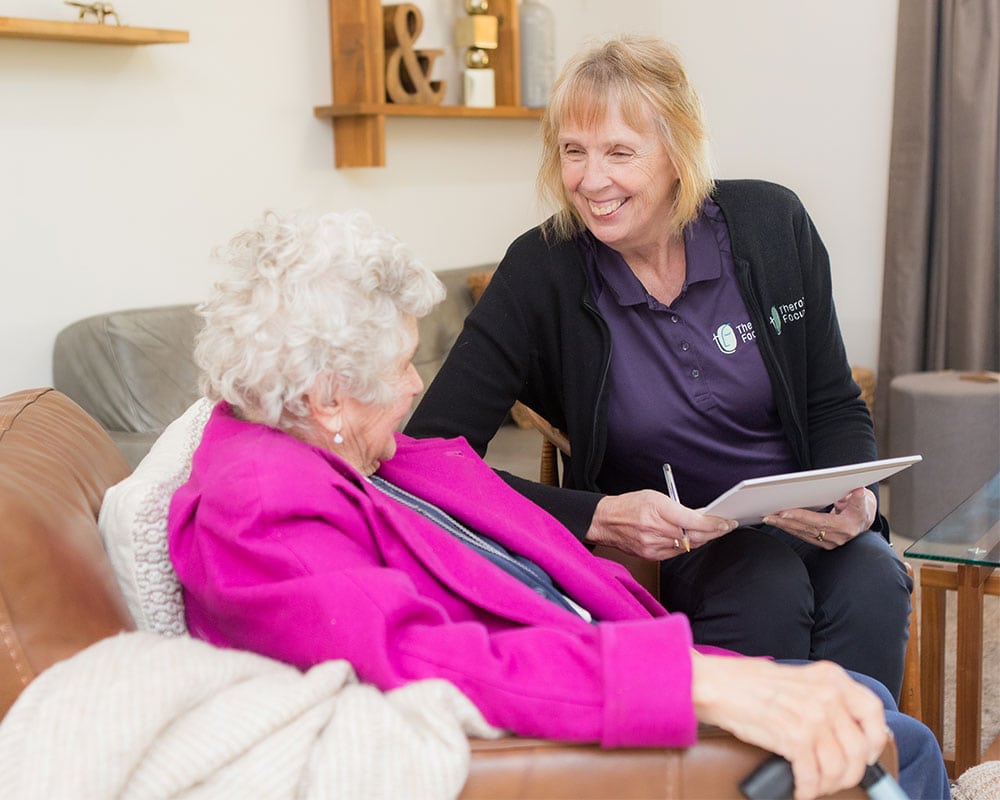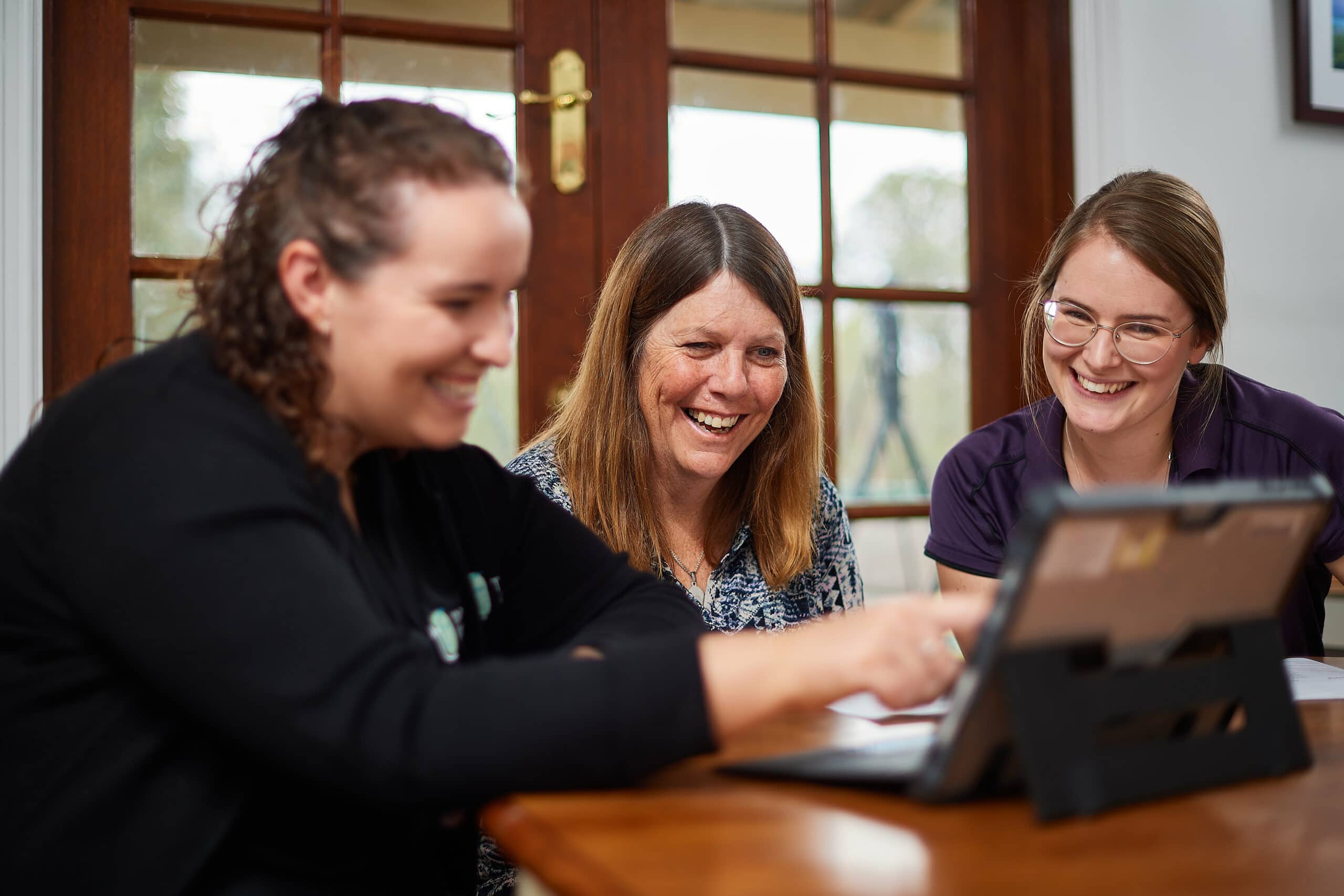The process of modifying a vehicle
When it comes to modifying your vehicle, so it is suitable for you to drive, the process can seem long and daunting. It can be a lot of work to get from concept to driving down a freeway in your vehicle. At Therapy Focus, we have dedicated teams of physiotherapists and occupational therapists, who are experienced in assistive technology, that can help you make the process more streamlined and take the stress and guesswork out of it.
Understanding vehicle modifications
A vehicle modification can be described as any alteration or adaption to a vehicle that assists the driver in using the vehicle.
For example, it might be:
- Steering adjustments, such as the addition of a steering wheel knob
- Brake and accelerator modifications, such as a complete conversion to hand controls
- Wheelchair modifications, such as an access ramp, electric transferring seats, or wheelchair roof and boot hoists
A person may require vehicle modifications if they experience physical limitations, such as leg weakness or muscular and nerve disorders, which makes it difficult to drive a car in a typical way. But this does not mean driving is impossible! There are plenty of options out there for vehicle modifications that can give people with disabilities the ability to drive. However, going from an initial idea of driving to driving a vehicle, can be quite an intense and involved process.
So, what does the journey look like?
Here are the steps we recommend:
- Decide if you would like to attempt driving, either again or for the first time (yay!)
- Consider your individual needs:
- Do you need assistance with transferring?
- Do you have a mobility device that you need to transport with you?
- Do you have limited leg strength, meaning you might not be able to push the pedals?
- Do you think you might have trouble steering?
- Contact your Therapy Focus physiotherapist or occupational therapist for an initial assessment and to discuss your options.
- Together, decide whether you need minor or major vehicle modifications. Minor modifications generally refer to things like a steering knob, seat cushions and pedal extenders. Significant modifications can refer to anything that alters the structure of a car, like an electric seating system or a hydraulic ramp.
Pictured: A customer and therapist trial a vehicle-boot mounted wheelchair hoist.
- Depending on your needs, you may be able to move straight to the purchasing stage. This might include accessing government funding, such as the NDIS. If you require more significant modifications, you may need to work with a third-party vehicle modification company such as TADWA, Freedom Motors or Accessible Transit. These suppliers can link you up with vehicle engineers who can assess the safety and practicality of your desired modifications.
- The next step is to ensure that your vehicle is roadworthy after the modifications have been completed. For some minor modifications, such as adding a steering knob, you might not need the Department of Transport (DoT) to assess your vehicle. If you have more major modifications, especially if it involves modifying the structure of a vehicle, you must have your car inspected by DoT. This will be carried out by the modification supplier.
- Yay, we are at the last step! Once you have successfully received your inspected and approved modified vehicle, you can start driving! You may need to undertake a fitness to drive test which is carried out by a driver trained occupational therapist.
Want to start your journey?
Our occupational therapists help children and adults with disability access the assistive technology they need to participate in everyday life.

